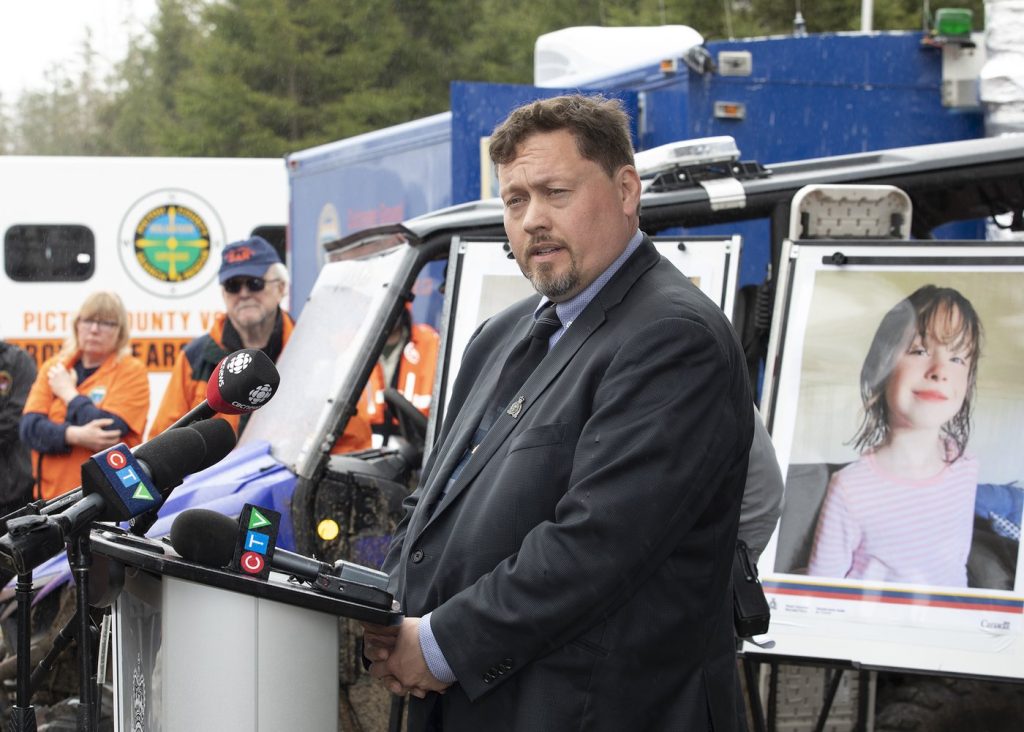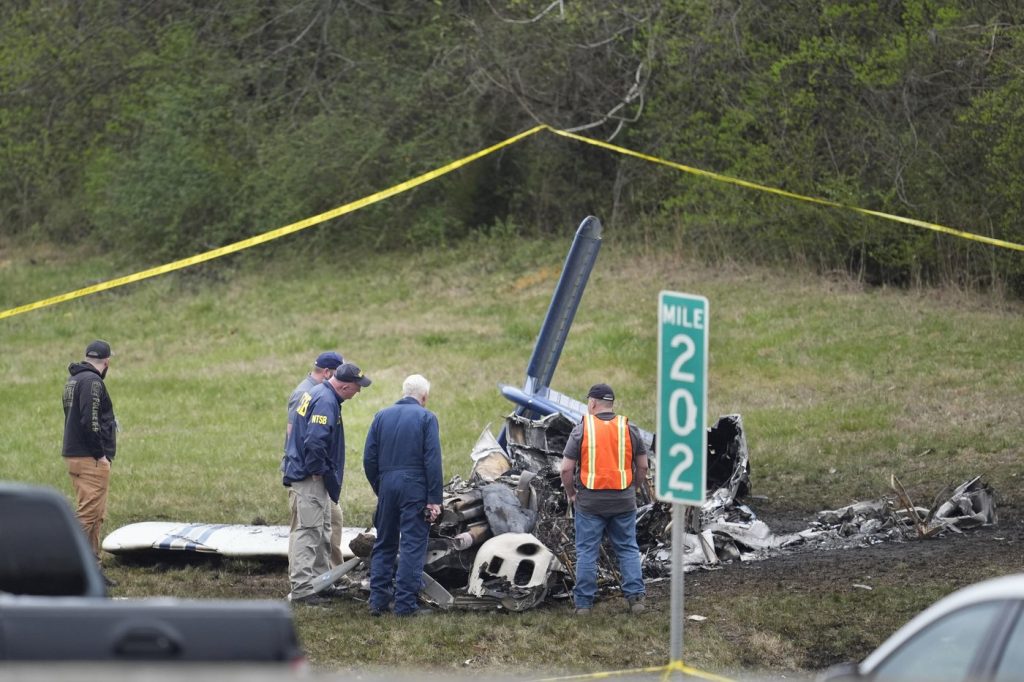Flooding has been a significant cause of fatalities in the United States, averaging more than 125 deaths per year over recent decades, as reported by the National Weather Service. Among various natural disasters, flash floods rank as the leading storm-related killer in the nation. Below is an overview of some of the most catastrophic flooding incidents across the country in the past 25 years.
In July 2025, heavy rainstorms led to devastating flash floods in Texas Hill Country, resulting in at least 27 fatalities and numerous missing persons, especially concerning parents at a girls' camp near the Guadalupe River. Emergency responders utilized helicopters, boats, and drones to search for victims and rescue those trapped in treetops and isolated camps.
The preceding year, in September 2024, Hurricane Helene struck multiple states, including Florida, Georgia, the Carolinas, Tennessee, and Virginia, resulting in approximately 250 deaths, as reported by the National Weather Service. Notably, most fatalities were due to severe inland flooding rather than high winds, marking Helene as the deadliest hurricane to impact the mainland U.S. since Hurricane Katrina in 2005. In North Carolina alone, the storm accounted for 108 deaths.
Another catastrophic event occurred in late July 2022 in eastern Kentucky, where relentless floodwaters claimed 45 lives, illustrating the significant devastation as homes and businesses were destroyed, and thousands of families lost everything.
In August 2021, Tennessee faced a similar fate when over 17 inches (43 centimeters) of rainfall submerged the small town of Waverly, resulting in 20 deaths. The disaster led to homes being swept away, cars mangled, and included tragic instances of twin babies who were lost when swept from their father's arms.
August 2017 saw Hurricane Harvey, a formidable Category 4 storm, strike Texas, leading to at least 68 confirmed deaths primarily due to freshwater flooding. Harvey caused catastrophic damage, impacting over 300,000 structures and costing an estimated $125 billion.
In June 2016, a rainstorm in West Virginia rapidly escalated into a disaster, leaving 23 dead after trapping numerous individuals overnight.
Superstorm Sandy made landfall in October 2012, affecting New York and surrounding regions. The storm resulted in 147 deaths, with over 110 attributed to drowning, based on National Hurricane Center reports. It was a historic fusion of a hurricane and additional storm systems, causing widespread destruction.
In the Mississippi River Basin, heavy rain and a slow melt resulted in flooding in 2011, leading to 24 fatalities across several states, including Oklahoma, Missouri, Arkansas, Louisiana, and Tennessee.
September 2008 witnessed Hurricane Ike impacting Southeast Texas, causing a devastating storm surge of up to 20 feet (6 meters) and dumping over 4 feet (1.2 meters) of rain in Houston. Ike contributed to over 100 deaths, primarily due to flooding.
Hurricane Katrina remains the deadliest flood event recorded in the past 25 years, occurring in 2005. The storm's catastrophic flooding inundated New Orleans when levees failed, leading to around 1,400 fatalities and creating widespread devastation across the region.
Finally, Tropical Storm Allison in June 2001 resulted in 41 deaths due to flooding, marked by an astonishing 40 inches (101 centimeters) of rainfall across Texas and Louisiana, particularly impacting Houston.









